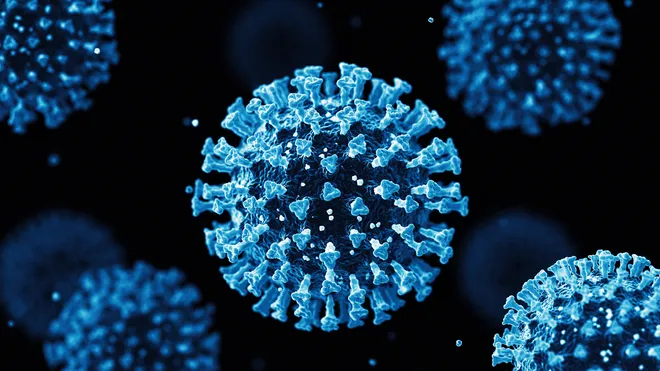The KP.3 variant, a new sublineage of COVID-19, is now responsible for over 25% of all COVID cases in the U.S., according to data from the Centers for Disease Control and Prevention (CDC). This variant is quickly overtaking the previously dominant JN.1 variant. Other variants within the FLiRT group are also contributing to the current surge in cases across the country.
What is the KP.3 COVID Variant?
KP.3 is a sublineage of the JN.1 lineage, which itself is derived from the Omicron variant. According to CDC spokesperson Rosa Norman, “KP.3 evolved from JN.1, which was the major viral lineage circulating since December 2023. It is very similar to JN.1, with only two changes in the spike protein compared to JN.1.” KP.3 is currently leading in cases, with KP.2, another significant variant, accounting for 22.5% of COVID cases in the U.S.
Symptoms of the KP.3 COVID Variant
COVID-19 symptoms, caused by the SARS-CoV-2 virus, vary widely, ranging from mild to severe. Common symptoms include fever, dry cough, and fatigue. Loss of taste or smell, a hallmark of COVID-19, continues to be reported. Respiratory symptoms such as shortness of breath and chest pain can occur, particularly in more severe cases. Muscle or joint pain, headaches, and sore throat are also frequent complaints.
Gastrointestinal issues like nausea, vomiting, and diarrhea are observed in some patients, emphasizing the virus’s ability to affect multiple body systems. Skin symptoms, including rashes and discoloration of fingers or toes, have also been reported. While some individuals may remain asymptomatic, others could develop severe complications like pneumonia, acute respiratory distress syndrome (ARDS), and multi-organ failure.
Special Considerations for Children
Children and adolescents often experience milder symptoms compared to adults, but a rare and serious condition called multisystem inflammatory syndrome in children (MIS-C) has been linked to COVID-19. High-risk groups, such as the elderly and those with pre-existing health conditions like diabetes, heart disease, or compromised immune systems, are more likely to develop severe symptoms and complications.
Prevention and Management
Early detection and isolation are essential to curb the spread of COVID-19. Testing, vaccination, and adherence to public health measures remain crucial in managing the pandemic.
Preventative practices include:
- Wearing Masks: Essential in public spaces to reduce the spread of respiratory droplets.
- Physical Distancing: Maintain at least six feet of distance from others.
- Hand Hygiene: Wash hands frequently with soap and water for at least 20 seconds, or use hand sanitizer with at least 60% alcohol.
- Avoiding Crowds: Stay away from large gatherings and poorly ventilated areas.
- Vaccination: Stay informed about COVID-19 vaccines and get vaccinated when eligible.
Following public health guidelines, such as staying home when unwell and adhering to local restrictions, remains vital in reducing the risk of infection and controlling the spread of KP.3 and other COVID-19 variants.




